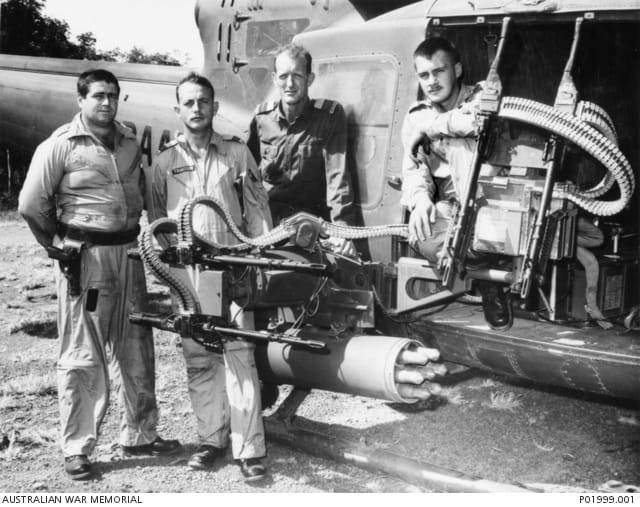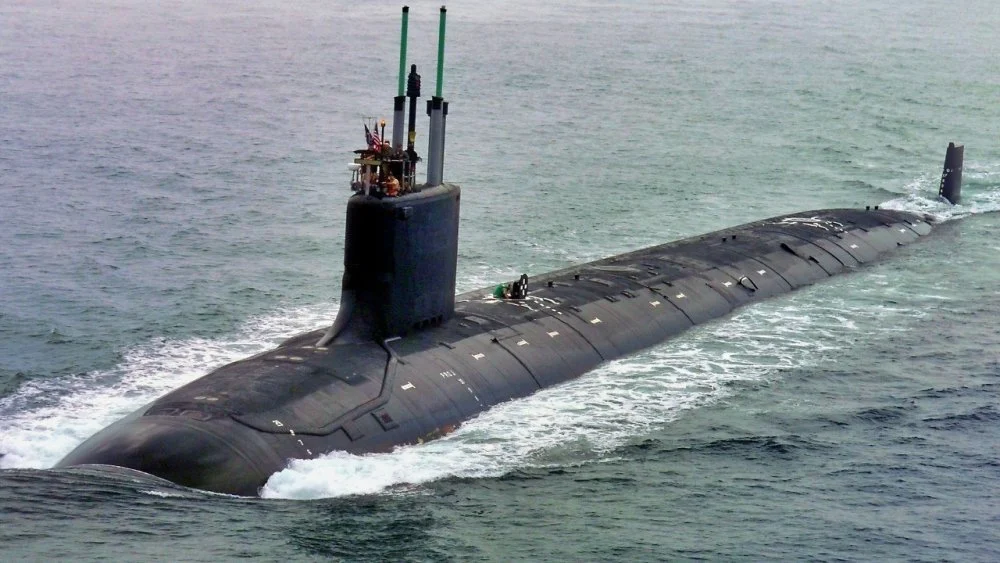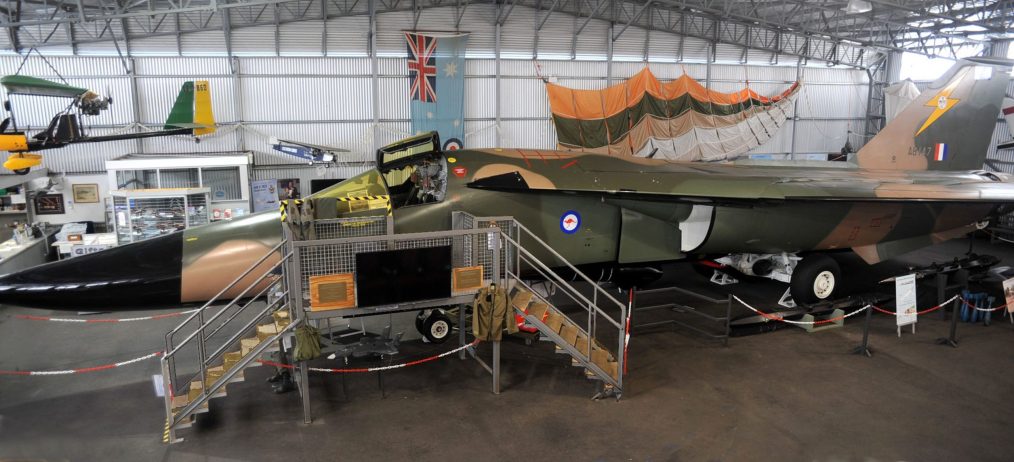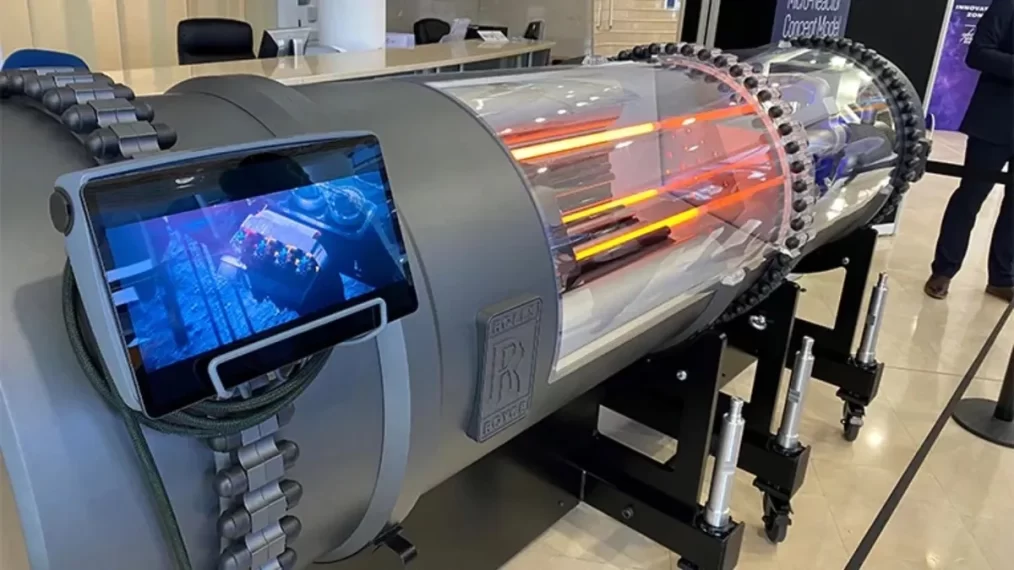Ukrainian officials have given Forces News rare access inside a centre that is training hundreds of people to fly the cheap kamikaze drones that have been used to great effect against their Russian opponents. Drones have become a vital weapon of the war, supplementing regular artillery, and volunteers have set up drone schools across the country to teach soldiers and civilians how to fly them. Hundreds of men and women are being taught how to use small, cheap uncrewed aerial vehicles to seek and destroy Russian targets, wearing a headset that lets them see what the drone is seeing.
Blood Clots/Stroke – They Now Have a Fourth Indicator, the Tongue.
STROKE: Remember the 1st Three Letters….. S. T. R.
STROKE IDENTIFICATION:
During a BBQ, a woman stumbled and took a little fall – she assured everyone that she was fine (they offered to call paramedics) … she said she had just tripped over a brick because of her new shoes.
They got her cleaned up and got her a new plate of food. While she appeared a bit shaken up, Jane went about enjoying herself the rest of the evening.
Jane’s husband called later telling everyone that his wife had been taken to the hospital – (at 6:00 PM Jane passed away.) She had suffered a stroke at the BBQ.
Had they known how to identify the signs of a stroke, perhaps Jane would be with us today.
Some don’t die. They end up in a helpless, hopeless condition instead.
It only takes a minute to read this.
A neurologist says that if he can get to a stroke victim within 3 hours he can totally reverse the effects of a stroke…totally.
He said the trick was getting a stroke recognized, diagnosed, and then getting the patient medically cared for within 3 hours, which is tough.
RECOGNIZING A STROKE
Thank God for the sense to remember the ‘3’ steps, STR. Read and Learn! Sometimes symptoms of a stroke are difficult to identify. Unfortunately, the lack of awareness spells disaster.
The stroke victim may suffer severe brain damage when people nearby fail to recognize the symptoms of a stroke.
Now doctors say a bystander can recognize a stroke by asking three simple questions:
S *Ask the individual to SMILE.
T *Ask the person to TALK
and SPEAK A SIMPLE SENTENCE (Coherently)
(i.e. I like Chicken Soup)
R *Ask him or her to RAISE BOTH ARMS.
If he or she has trouble with ANY ONE of these tasks, call emergency number immediately and describe the symptoms to the dispatcher.
New Sign of a Stroke ——– Stick out Your Tongue
NOTE: Another ‘sign’ of a stroke is this: Ask the person to ‘stick’ out his tongue.
If the tongue is ‘crooked’ if it goes to one side or the other that is also an indication of a stroke.
In 1968, amidst the backdrop of the Vietnam War, the No. 9 Squadron of the Royal Australian Air Force (RAAF) introduced a groundbreaking modification to their UH-1B Iroquois helicopter, designated A2-1025 and affectionately known as “Ned Kelly.” This particular aircraft marked a significant milestone as it became the first RAAF helicopter to undergo a trial armament system enhancement, a crucial development in the ongoing conflict.
The innovative armament system integrated into the UH-1B included an XM 157 airborne rocket pod on each side of the helicopter. Each pod housed seven 2.75-inch Folding Fin Aircraft Rockets, providing the helicopter with a potent and versatile airborne firepower capability. Complementing the rocket pod were twin side-mounted M60 C machine guns, capable of unleashing a formidable barrage with a rate of fire reaching 6000 rounds per minute, utilizing 7.62mm ammunition.
Further enhancing the helicopter’s offensive capabilities were twin door-mounted M60 machine guns, strategically positioned to deliver a concentrated and suppressive stream of firepower. These door-mounted machine guns had the capacity to fire 400 rounds of ammunition, adding a dynamic and responsive element to the helicopter’s arsenal.
The introduction of this armament system represented a collaborative effort by a dedicated project team, whose members played integral roles in its development and implementation. Among them were notable individuals such as Sergeant Ernest E. Moore, Flight Lieutenant Robert C. Thompson, and Leading Aircraftman Edward G. Maxwell, the armament fitter kneeling in the helicopter doorway. Squadron Leader James H. Cox, serving as the pilot, stood beside the helicopter, embodying the skilled and courageous aviators who operated these modified gunship helicopters in the challenging and often hostile environment of the Vietnam War.
The “Ned Kelly” UH-1B Iroquois, with its advanced armament system and the skilled crew at its helm, symbolized the continuous innovation and adaptability displayed by military forces during the Vietnam War. This technological advancement contributed significantly to the evolving tactics and strategies employed in the conflict, showcasing the commitment of the RAAF to enhance the capabilities of their helicopters for the demanding conditions of aerial combat in Vietnam.
16 May 1938 – 2 December 2023
Richard ‘Dickie’ Johns, formally of Fairy Meadow, died in Coledale Private Hospital on Saturday 2 December 2023.
Dickie enlisted in September 1958 and attended 1 RTB and then joined 4 RAR, serving in Singapore-Malaya. He then joined 1 RAR. When 5 RAR was formed he became a founding member. In 1965 Dickie served in New Guinea and in May 1966 he deployed to Vietnam with 5RAR Mortar Platoon Support Company. Originally as an MFC with Bravo Company and later as the Mortar Platoon SGT. He retired in 1970 with the rank of WO2.
A private cremation will be held for Richard.
Sincerely
Wendy M McLean J.P.(Qual) LM
Secretary/Membership Officer
4RAR Association Qld. Inc.’
The first Block V Virginia-class submarine is expected to hit the waters no later than 2028. As tensions between Beijing and Washington continue to ramp up, the introduction of this super-sub variant will undoubtedly play a key role in the Navy’s strategic endeavours.
CLICK LINK
Virginia-Class Block V: The Best Submarine Ever? | The National Interest
In this video we will look at what is inside the Vietcong Tunnels and how and why it played a big part in the fight of the Viet Cong and North Vietnamese troops soldiers against the American soldiers.
The U-2540, a pioneering U-boat at the forefront of technological innovation, was launched into service on the 24th of February 1945. However, its operational life was abruptly cut short less than three months later on the 4th of May, when its own crew scuttled it. This decision was made as part of the broader strategy employed by the German forces during World War II to prevent the advanced submarine from falling into enemy hands.
In a remarkable turn of events, the U-2540 was not destined to remain submerged in the depths of the ocean. In 1957, twelve years after its intentional sinking, the submarine was raised from its watery grave and underwent extensive restoration. Emerging from the depths once more, the U-2540 was reintroduced into service on the 1st of September 1960, but this time under a different identity – the research submarine Wilhelm Bauer.
As Wilhelm Bauer, the submarine took on a new and crucial role in various civilian research projects. Serving as a testament to its adaptability and enduring engineering, the once-lethal war machine now contributed to scientific exploration and technological advancement. This unique chapter in the submarine’s history lasted for over two decades, until its decommissioning on the 15th of March 1982.
Recognizing the historical and technological significance of the U-2540, on the 24th of April 1984, the submarine found a new home at the Deutsches Schiffahrtsmuseum, where it was proudly displayed as the Technikmuseum Wilhelm Bauer. This final transition marked the culmination of its journey from a formidable wartime weapon to a symbol of innovation and resilience, preserving its legacy for future generations to explore and appreciate.
 ONCE upon a time on a Canberra hill called Russell many, many ambitious staff officers beavered away in their monkish work cells achieving, who knows what?
ONCE upon a time on a Canberra hill called Russell many, many ambitious staff officers beavered away in their monkish work cells achieving, who knows what?
Apart from the poignant cry from senior officers to their juniors, “Anyone got a fag?” another regular ritual played out.
Tea ladies like Gloria Sweets patrolled corridors behind wheeled trolleys with one erratic, squeaky wheel signalling delights to come.
“Cuppa tea and a biscuit dear?” she would ask each of her loyal clientele, unfazed by rank or role.
CLICK LINK to continue reading
The F-111, officially known as the General Dynamics F-111 Aardvark, was a versatile and innovative American supersonic, medium-range interdictor, and tactical strike aircraft. Its introduction to Australia marked a significant milestone in the country’s military aviation history.
On December 4, 1973, F-111 A8-147 touched down at the Royal Australian Air Force (RAAF) Base Amberley, ushering in a new era for the Australian Defence Force (ADF). The F-111 represented a leap forward in technology, featuring variable-sweep wings and advanced avionics that allowed it to serve a variety of roles, including strategic bombing, electronic warfare, and reconnaissance.
Over the course of 37 years, F-111 A8-147 played a crucial role in the RAAF’s operational capabilities. It logged an impressive 7,503.1 flight hours, showcasing the aircraft’s durability and adaptability. The F-111 fleet in Australia was renowned for its ability to perform low-level flying and deliver precision strikes, making it a key asset for the ADF.
In 2013, exactly ten years ago, F-111 A8-147 took its final flight as it retired from active service. Rather than being consigned to obscurity, the aircraft found a new home at the Evans Head Heritage Aviation Museum. This museum, located in New South Wales, Australia, serves as a repository of aviation history and a tribute to the men and women who have contributed to the country’s air force legacy.
The decision to preserve F-111 A8-147 at the Evans Head Heritage Aviation Museum allows future generations to appreciate the technological advancements and operational significance of this iconic aircraft. It stands as a tangible reminder of Australia’s military aviation history and the role the F-111 played in shaping the nation’s defence capabilities. Visitors to the museum can explore the aircraft’s rich history, learn about its missions, and gain a deeper understanding of the contributions made by the F-111 and the personnel associated with it during its service with the RAAF.
Rolls-Royce has revealed plans for a miniature nuclear reactor designed for lunar outposts, showcasing a conceptual model at the UK Space Conference in Belfast. Intended to provide a reliable power source for future settlements on the Moon, particularly in perpetually shadowed regions like the southern pole, this Space Micro-Reactor addresses the challenges posed by the lack of sunlight.
NASA has identified these shadowed areas as potential locations for a lunar outpost due to the likelihood of substantial water deposits. The compact nuclear reactor, exhibited during the conference, is currently operational, with Rolls-Royce engineers actively researching methods to convert its nuclear fission reactor’s heat into usable energy.
This innovative technology offers a continuous power supply unaffected by lunar darkness, positioning it as a crucial element for sustaining human presence on the Moon. Paul Bate, Chief Executive of the UK Space Agency, lauded Rolls-Royce’s pioneering research, emphasizing its potential to establish a foundation for a permanent lunar settlement. Unlike solar panels, the mini reactor’s ability to generate a constant power source allows for strategic placement on the Moon’s polar surface.










